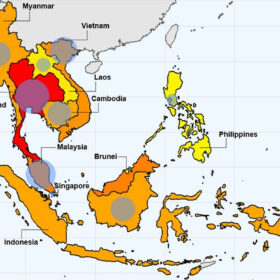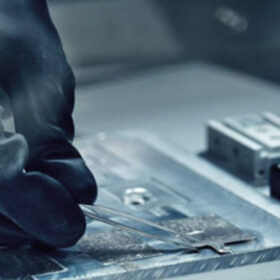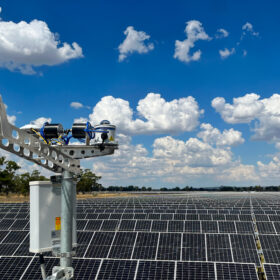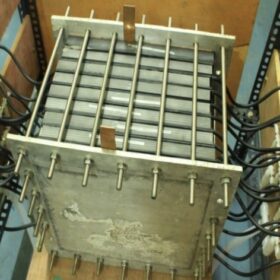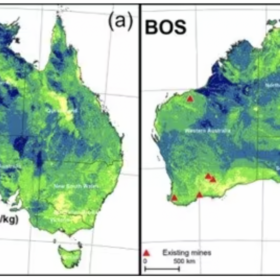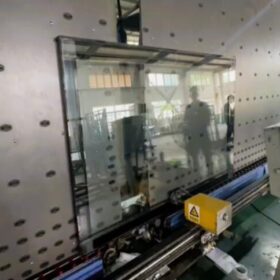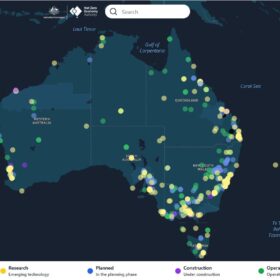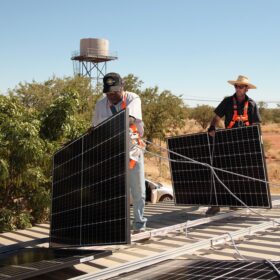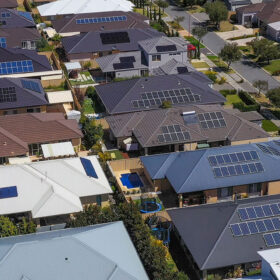Southeast Asia has technical potential to deploy over 1 TW of floating PV
A group of researchers from the US National Renewable Energy Laboratory assessed the potential for floating PV (FPV) plants at reservoirs and natural waterbodies in 10 Southeast Asian countries. It found that the overall FPV technical potential for the region ranges from 477 GW to 1,046 GW.
The case for hard carbon-based sodium-ion batteries
Researchers in China have summarised the technical issues hindering the development of hard carbon, which is regarded as the most promising anode for high-performance, commercial sodium-ion batteries.
‘Scheduled solar’: new forecast, management system ‘cracks’ NT solar impasse
Victorian company Proa says it has found a software-driven solution to the grid connection rules which have crippled solar projects in the Northern Territory. Requiring only a fractional amount of battery storage, the solution “replaces lithium with smarts” and effectively enables solar to be “scheduled,” Managing Director Victor Depoorter tells pv magazine Australia.
Global flow battery market to grow at 22.8% annually
The global flow battery market will expand from USD 289 million in 2023 to USD 805 million by 2028, driven by increasing investments in renewable energy and flow batteries’ advantages over conventional products. The newly released report also highlighted Australia, noting the nation has numerous flow battery projects for various applications.
Low-cost, ‘graphene-enhanced’ perovskite solar cells to be produced in funded Wagga Wagga project
Two Australian companies working in solar R&D have been awarded over $2 million (USD 1.3 million) for a project seeking to commercialise ultra-low-cost, flexible perovskite solar cell fabrication. The solar cells will be “graphene-enhanced” and are to be produced in Halocell’s Wagga Wagga plant in NSW.
New research finds Australia’s lithium deposits likely extend across eastern states
New research from the University of Sydney pinpointing the concentration and distribution of lithium in Australian soils has found elevated levels in Queensland, New South Wales and Victoria.
Greenpeace notes widespread greenwashing among fossil fuel companies
A new report published by environmental campaign group Greenpeace analyses financial statements from 12 major European headquartered oil companies. The study finds that, despite many public claims to be participating the energy transition, both the current activities and future investment plans of these companies are dominated by fossil fuels.
ClearVue next-gen ‘solar window’ powers through mass production run
Western Australian solar window company ClearVue Technologies says it has confirmed the scalability and “commercial viability” of its second-generation integrated glazing units after a mass production run using a standard manufacturing line at a factory in China.
New funding deal sees focus shift for Marinus Link
The initial capacity of the proposed Marinus Link transmission project, that would connect Tasmania and the Australian mainland via an undersea electricity interconnector, has been reduced by 50% as part of new funding arrangements announced by the federal and state governments.
New control technique for microgrid-connected PV systems
An international research group has applied for the first time integral backstepping control (IBC) as a control strategy for PV systems connected to microgrids. Through a series of simulations, the scientists found the new approach can provide better results than classic backstepping control (BC) and other techniques.
